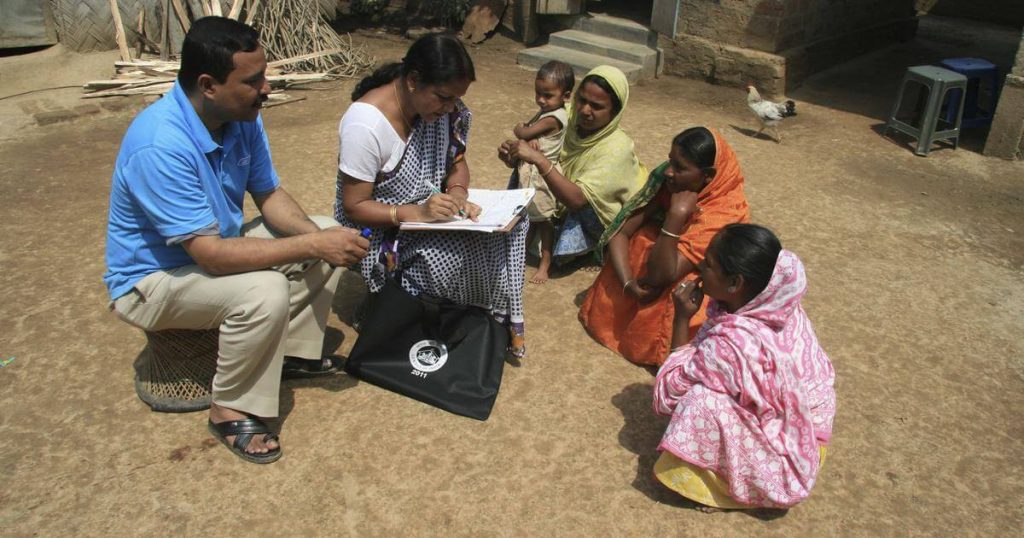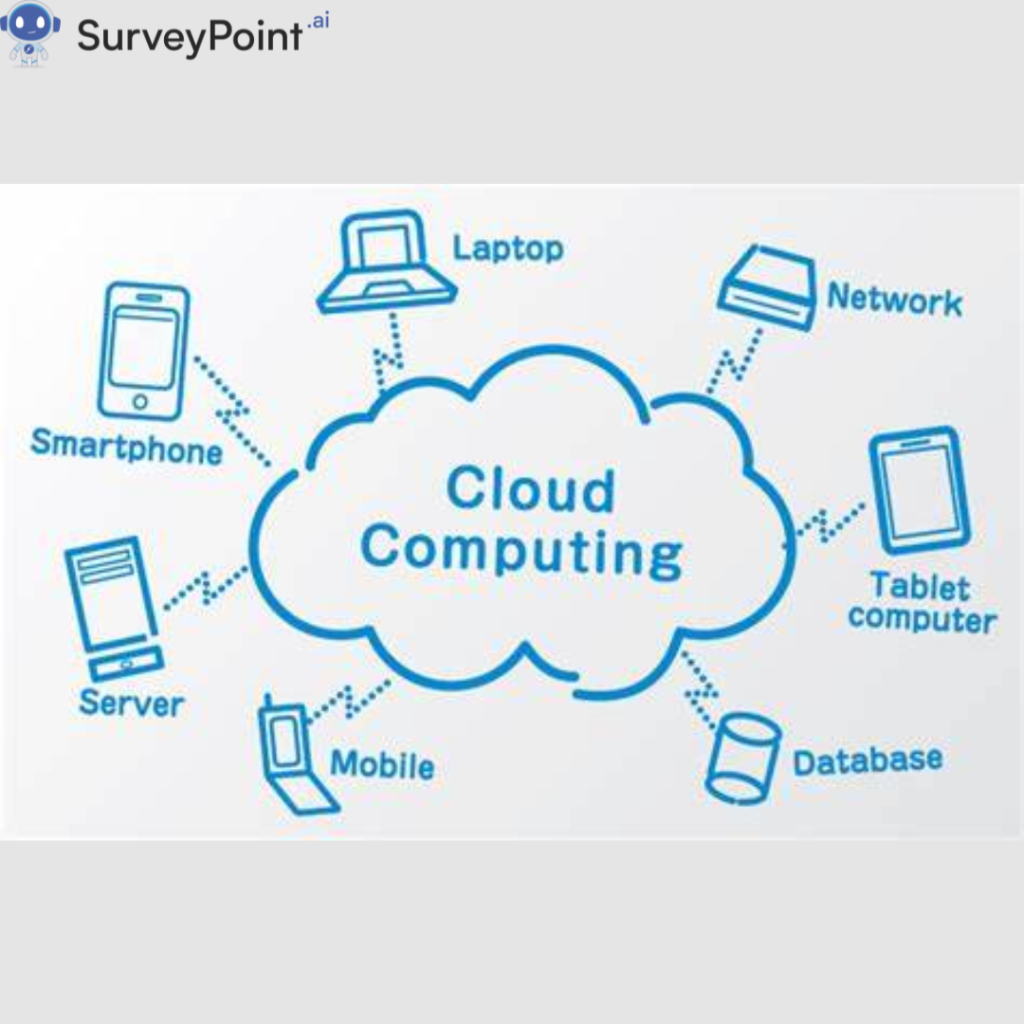
A key attribute of primary data collection is the collection of rich qualitative data that can be used to answer key research questions, including qualitative ones. One of the critical qualitative research techniques is participant observation.
There are two sorts of observations—participant observation and non-participant observation.
Participant observation is a fundamental data collection approach. Franz Boas and Bronislaw Malinowski, both anthropologists, were the early proponent of this research method. It aims to gain a deeper understanding of social phenomena or topics by assimilation into the studied group.
Participant observation is used to gain a thorough understanding of a particular group of individuals and familiarity with their values, beliefs, and ways of life. Research done through participant observation involves living with the group for a long time and acting like a member. This allows the researcher to see how the group works and how its culture manifests itself. The researcher tries to concurrently act in the roles of subjective participant and impartial observer during participant observation.
First, it is crucial to understand what circumstances make participant observation a suitable data collection strategy. When learning about human behavior is your research’s main objective, observation is the most effective method.
There can be different types of participant observation:
- the participant as an observer
- complete participant-observer
- participant as a participant
- complete observer
The more fully you become engaged in the phenomena you are researching, the less likely it is that anyone will recognize you as a researcher.
The following section discusses the advantages and disadvantages of participant observation as a research method.
Advantages of Participant Observation
Participant observation has the following advantages over pure observation studies in which the researcher does not take part:
- Using it, researchers are able to gather rich qualitative data, which presents an accurate picture of human life.
- It allows researchers to get empathy from personal experience. You may learn more about their meanings, views, values, and problems by being a member and delivering authentic data.
- It is more flexible and allows for an open mind. A researcher may follow up on other directions/ideas if anything intriguing arises.
- Observing and taking notes about the activities of a group is not sufficient for an individual studying a group as a new member.
- As a new group member, the researcher typically observes things that group members take for granted, such as group rules and customs.
- When a researcher participates in group activities instead of just sitting back and watching, group members feel more comfortable and start acting more naturally. Further, as a group member, the researcher spends more time with the participants and can watch them in a broader range of scenarios.
Disadvantages of Participant Observation
- Active participation in the group may compromise the researcher’s neutrality and lead to prejudice.
- It might be a time-consuming endeavor. In the case of discrete research, it can be very challenging and stressful because precise facts must be identified.
- It produces an enormous quantity of data. It is tough to engage, watch, and take notes simultaneously.
- A potential danger is that one will become too engaged, providing biased information; one may come to sympathize with the group, therefore providing partial information. Further, participating in activities might unintentionally impact the conduct of other participants.
- It may take a considerable time for the group to embrace the researcher as a member and feel comfortable with them.
- The need for specific topic expertise makes participation in some groups challenging.
Kultar Singh – Chief Executive Officer, Sambodhi




